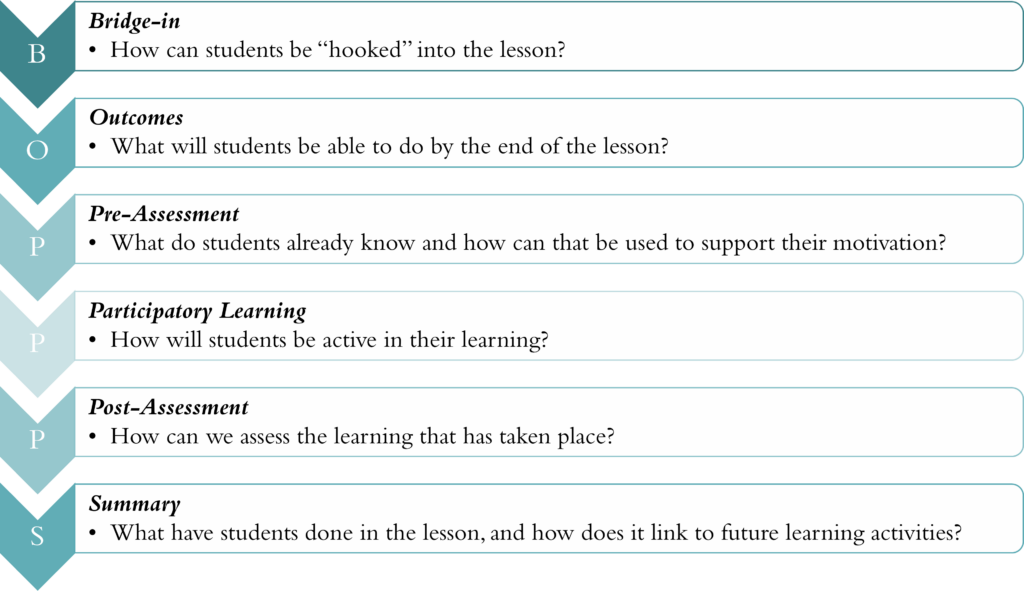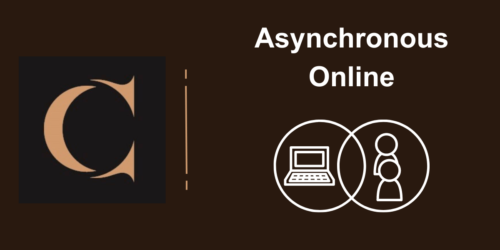
Designing Meaningful Asynchronous Lessons
As you embark on developing your asynchronous online course, you likely already have a course outline, an instructional plan, a mapped evaluation strategy, and a thoughtful approach rooted in backward design. So, what comes next? The next critical step is designing your weekly lessons and crafting lesson plans specific to your asynchronous learners. This phase requires careful planning to ensure your course is clear, engaging, and aligned with your learning outcomes. When developing your weekly lessons, it’s essential to keep the needs of your self-directed learners in mind. But what makes an online lesson truly effective? Let’s explore the key elements of designing impactful and learner-centered online lessons.
Effective Asynchronous Lesson
Learning preferences and the ways students engage with an asynchronous course can vary widely. Keeping that in mind, it is also essential to focus on the key qualities that make an online lesson effective for a broad range of learners. Suggestions for creating effective asynchronous lessons can include:
Clear Navigation
Learners should be able to easily explore their lessons and clearly understand expectations for their tasks and learning outcomes. A well-organized lesson structure can reduce student uncertainty and enhance their overall learning experience.
Engaging Content
There should be opportunities for active participation and perhaps peer-to-peer interactions. Consider creative ways to capture learners’ interest and maintain their motivation throughout the lesson.
Interactive Elements
Explore ways to incorporate multimedia and interactive elements in your weekly lessons as a way for learners to connect with the content and foster active engagement.
Meaningful Feedback
Build opportunities to give learners feedback and provide them insight as to how they can improve and understand where they are at with their learning.
Opportunity to Practice
Ungraded formative assessments are key attributes of an asychronous lesson. Be sure to explain the purpose of these ungraded learning opportunities.
Instructor Presence
Humanize the asynchronous learning environment by incorporating elements of your personality and teaching style into your lessons.
BOPPPS Framework in Asynchronous Lesson Planning
As you reflect on the qualities of an effective asynchronous lesson for your course, you are also encouraged to explore how the BOPPPS framework can enhance your weekly lesson planning. This framework offers a structured approach to designing lessons that are both engaging and intuitive. Refer to the accompanying image to familiarize yourself with the key steps of the BOPPPS framework. With each step consider what this can look like in your asynchronous course.

BOPPPS Framework in Practice
Watch the following video for an example of how to implement the BOPPPS framework in your asynchronous weekly lesson.
Utilizing Co-Pilot in Asynchronous Lesson Design
Generative AI tools, such as Microsoft Co-Pilot, can be helpful in lesson planning in your asynchronous course. Explore using the BOPPPS framework by applying the following steps:
Step 1: Open your course outline related to your online course development.
Step 2: Select the unit outcomes identified for the given week. (Refer to your Instructional Plan).
Step 3: Open Microsoft Co-Pilot and use the following prompts in order:
- Prompt 1: Do you know the BOPPPS framework?
- Prompt 2: Create a lesson plan for one week of an asynchronous online course with the topic: {insert unit topic} using the BOPPPS framework with the following outcomes: {insert unit outcomes}
Try out this tool for inspiration on lesson plans and learning activities that are related to your defined unit outcomes.
Designing your asynchronous weekly lessons can be a rewarding process and an opportunity to craft meaningful learning experiences for your students. As you plan, reflect on the traits of an effective asynchronous lesson and explore how the BOPPPS framework can guide your approach. Strive to balance consistency and clarity in your weekly lessons while incorporating diverse and engaging learning opportunities. Embrace this creative phase of course development—and enjoy the journey!




